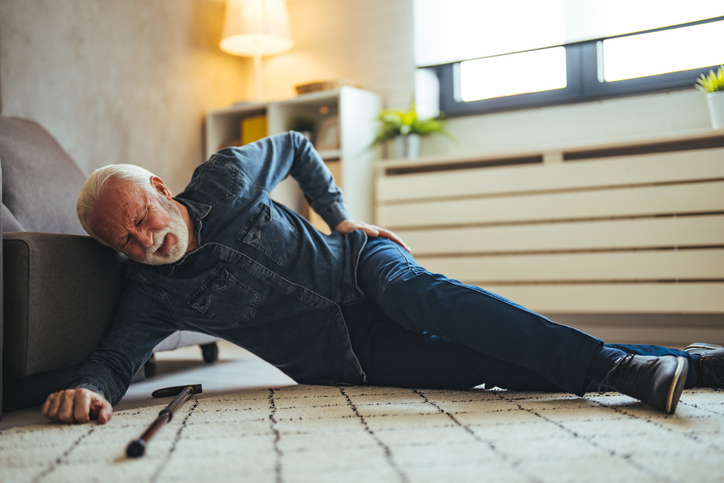Falls are a significant concern for older adults, often leading to serious injuries and even death. In the U.S. and Canada, falls are a leading cause of injury-related morbidity and mortality among those aged 65 and older. In 2018, over a quarter of community-dwelling seniors reported experiencing at least one fall in the past year. Just over 50% of falls happen in the home. These alarming statistics highlights the urgent need for effective fall prevention strategies. A recent recommendation from the US Preventive Services Task Force (USPSTF) provides valuable insights into interventions that can help mitigate this risk.
Understanding the Study
The USPSTF conducted a thorough review to evaluate the effectiveness of various interventions aimed at preventing falls among community-dwelling adults aged 65 and older. Their findings emphasize the importance of two main approaches: exercise interventions and multifactorial interventions.
Exercise Interventions:
- The USPSTF concluded with moderate certainty that exercise interventions offer a moderate net benefit in preventing falls. This means that engaging in regular physical activities can significantly reduce the risk of falling.
- Effective exercise routines often include activities that improve gait, balance, strength and flexibility. These can be part of supervised individual physical therapy sessions or group exercise classes.
- Activities like tai chi, balance training, and resistance exercises are particularly beneficial. Typically, these exercise programs are conducted 2-3 times per week over a period of 12 months.
Multifactorial Interventions:
- These interventions involve a comprehensive assessment of various risk factors for falls, followed by tailored interventions based on the assessment results.
- Risk factors assessed might include balance and gait issues, vision problems, medication side effects, and environmental hazards at home.
- Multifactorial interventions may incorporate a combination of exercise, medication management, vision correction, and home safety modifications.
- Although these interventions provide a smaller net benefit compared to exercise alone, they are still valuable for individuals with multiple risk factors.
Recommendations for Seniors and Caregivers
Based on the USPSTF findings and other data, here are practical steps seniors and their caregivers can take to reduce the risk of falls:
Engage in Regular Exercise:
- Incorporate exercises that improve balance and strength into your routine. Consider joining a group exercise class or working with a physical therapist to ensure proper form and technique.
- Activities like walking, tai chi and light resistance training are excellent choices.
Conduct a Home Safety Check:
- Remove tripping hazards such as loose rugs and clutter.
- Ensure adequate lighting in all areas, especially stairways.
- Install grab bars in the bathroom and railings on stairs.
- Engage an Aging in Place Strategist to do a thorough home assessment or do a self-guided assessment
Review Medications:
- Some medications can increase the risk of falls due to side effects like dizziness or drowsiness. Have a healthcare provider review all medications periodically to assess their impact on fall risk.
Regular Vision and Hearing Checks:
- Schedule regular eye and ear examinations to ensure optimal sensory function, which is crucial for maintaining balance and preventing falls.
Stay Connected:
- Social engagement and staying mentally active are also important. Joining community groups or participating in local activities can keep you engaged and physically active.
Empowering Independence and Safety
Falls can be a significant threat to the independence and well-being of older adults, but with the right strategies, their risk can be greatly reduced. The key takeaway from the USPSTF recommendations is the emphasis on exercise as a primary preventive measure, complemented by personalized multifactorial interventions when necessary. The Oldish has also recommended the use of hip protectors for decades and has found them to be an effective intervention. By adopting these strategies, older adults can enhance their safety, maintain their independence, and continue to lead active, fulfilling lives.
Preventing falls is not just about addressing physical aspects; it involves a holistic approach that includes regular health check-ups, a safe living environment and staying active and engaged.






Add Your Voice
0 Comments
Join the Discussion